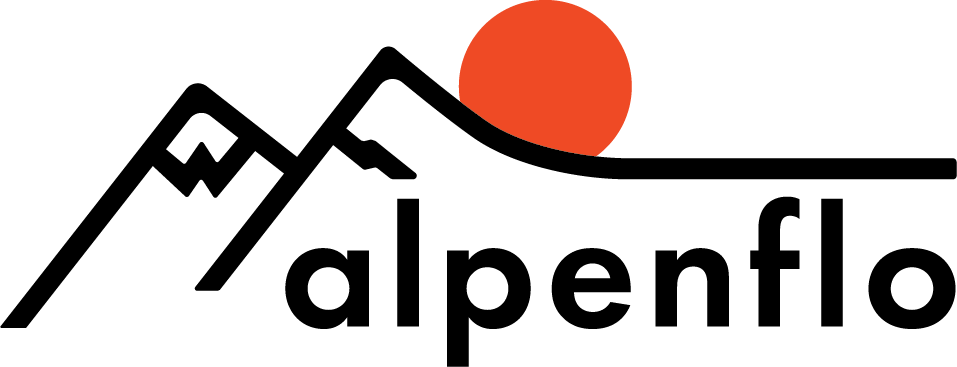Kit: Fast & Light Backpacking
When I first started backpacking I had an 80 liter backpack and filled every nook of it. Multiple changes of clothes, heavy gear, and a lack of intention contributed to my backbreaking load. As I got more into trail running I discovered how much I enjoyed moving in the mountains with a light kit. It was time to reassess my backpack.
Any successful trip starts with having a clear sense of what experience you’re looking to have. This intention is something you can refer back to and test your decisions against. I’ve found that I really enjoy moving with a light pack and don’t miss the little luxuries while in camp. This is especially true on routes that involve long sections of off-trail travel, where a heavy pack is an awkward liability. I love being able to cover long miles with just enough gear to allow me to stay safe and comfortable. I find that when I’ve packed correctly I feel closely connected to my environment and I’m not distracted as I’m moving through it.
I made this video to show you the gear I use for a light backpacking trip, and how I pack it. See below for a full packing list.
Packing list: Light Backpacking
clothing:
trail running shoes
socks (2 pr)
running shorts
light softshell pants
synthetic underwear (1 pr)
shirt
midweight top (trip dependent)
synthetic puffy jacket (Arc’Teryx Atom LT Hoody)
raincoat
ballcap (Territory Run Co. Gorge Cap)
light gloves (trip dependent)
gear:
microspikes (trip dependent)
pack (CiloGear 3030 Worksack)
headlamp
sunglasses
water filter
water bottle (trip dependant)
trekking poles
map (printed)
map (downloaded to phone)
sunscreen
personal - toiletries, camera, journal
toilet paper and hand sanitizer
camp
stove (Snow Peak GigaPower)
fuel canister
1 liter pot
cup/spoon
sleeping bag
sleeping pad (Therm-A-Rest NeoAir X-lite)
tent (Black Diamond Beta Light)
PDF Gear List Download:
Enter your email below to download a complete fast & light backpacking gear list:
Don’t forget the food! I’ll write an article on food selection soon. In the meantime, for high-output trips I target 3,000 calories a day of oatmeal, nut butters, meal bars, and freeze-dried backpacker meals.
Backpacking is pretty simple when you get down to it. Consider your intention for your trip, the conditions you’re likely to encounter, and carry the equipment you need to support that experience. Experiment with your kit, and cut out items that aren’t serving you as you gain experience. You’ll likely find that you’re more comfortable with less, as the modest cost in camp comfort pays huge dividends on (and off) the trail.
